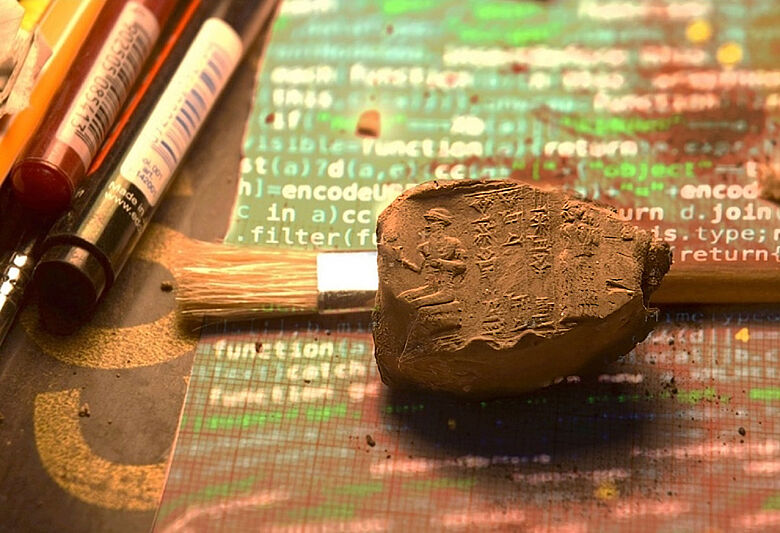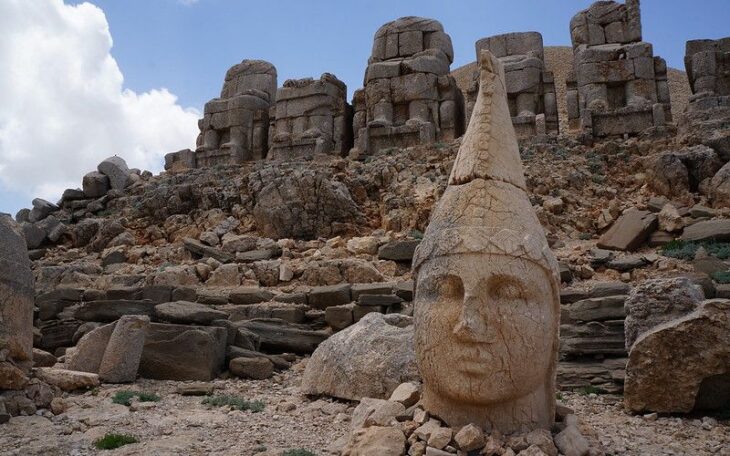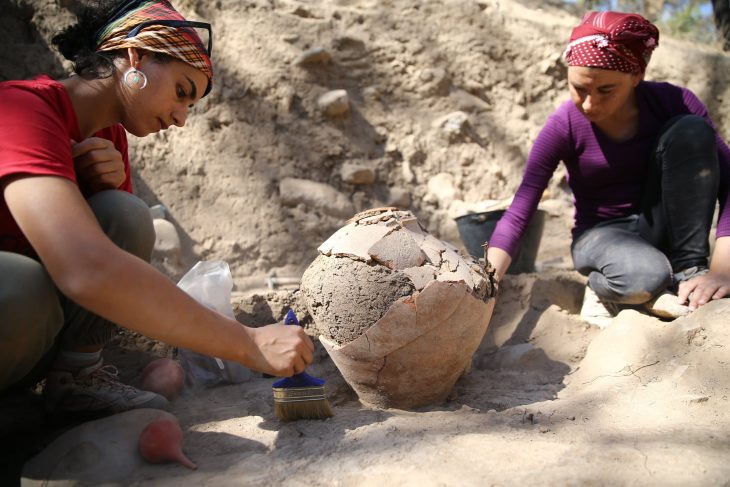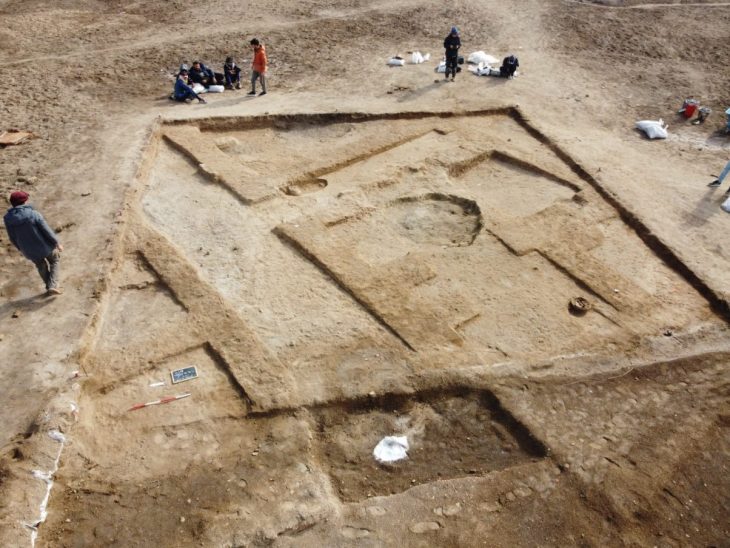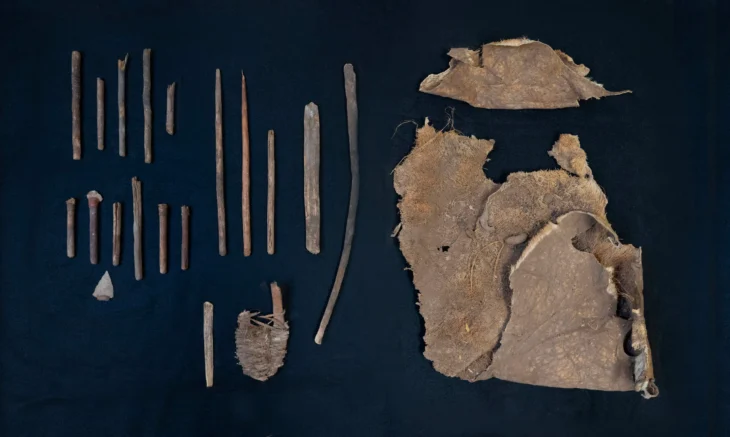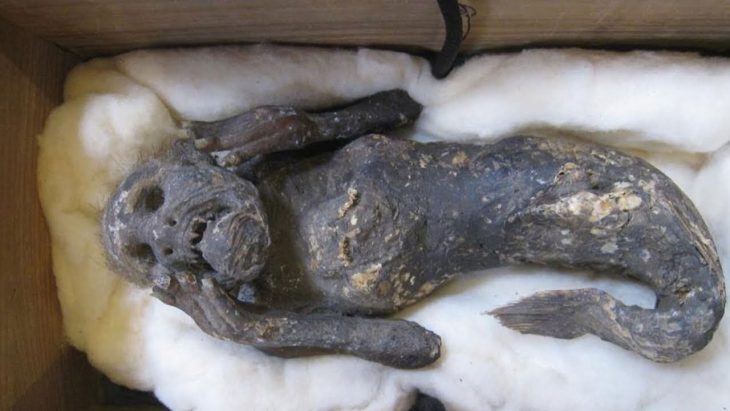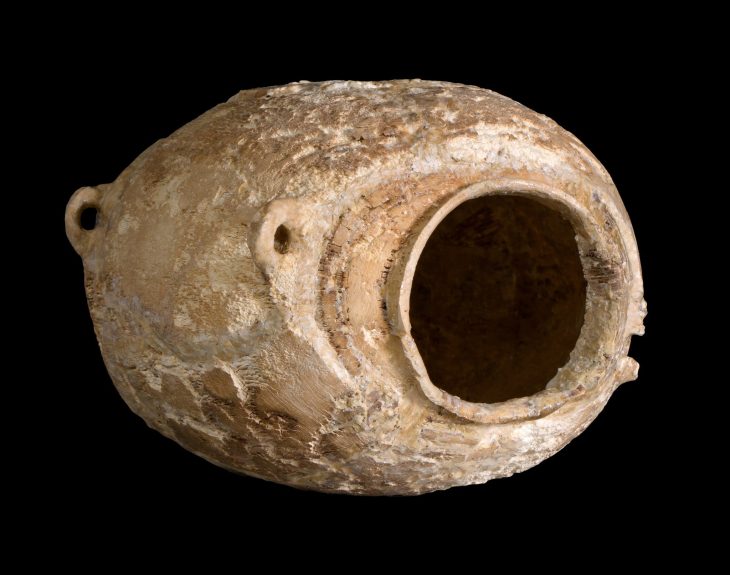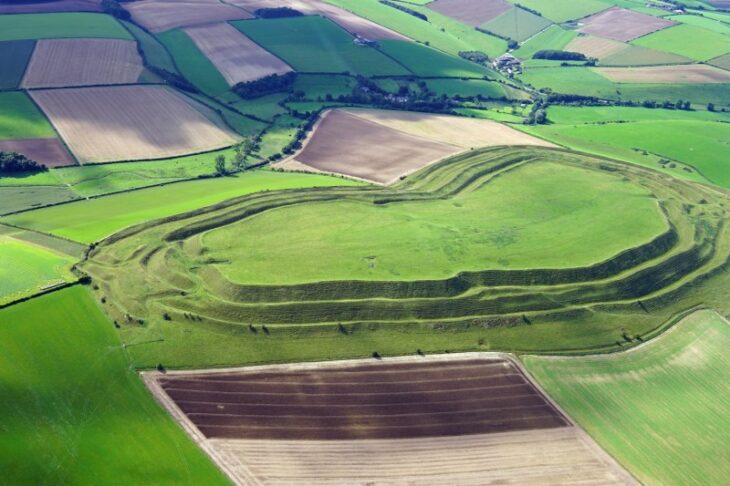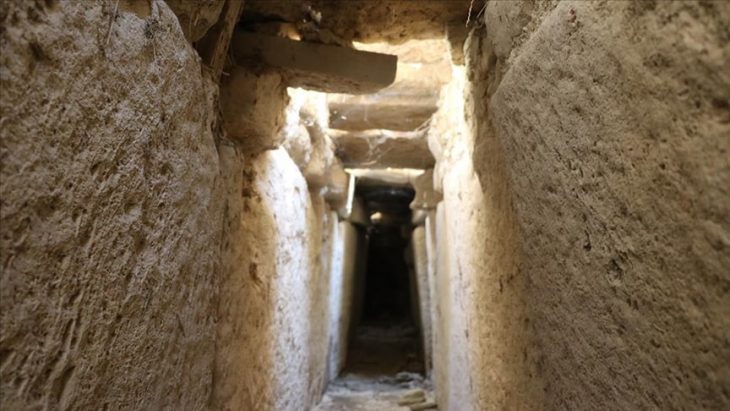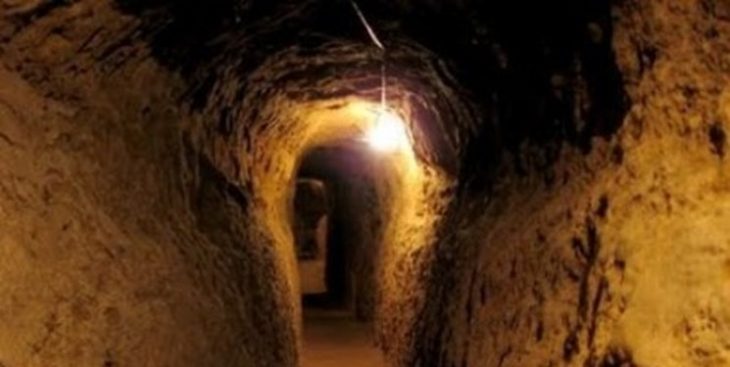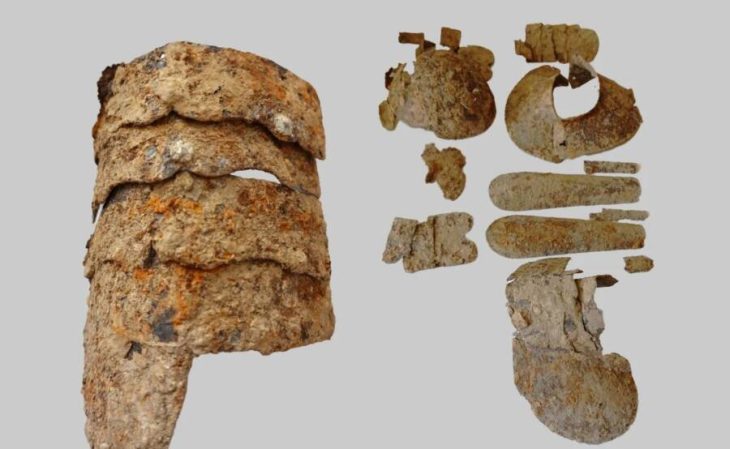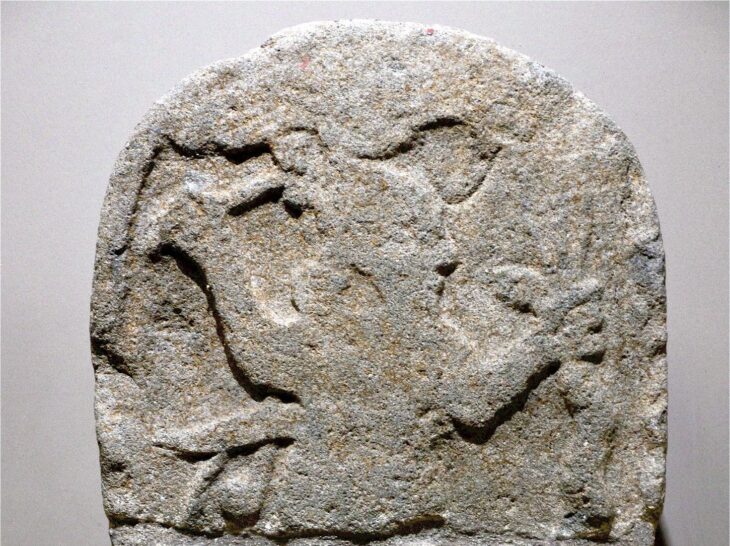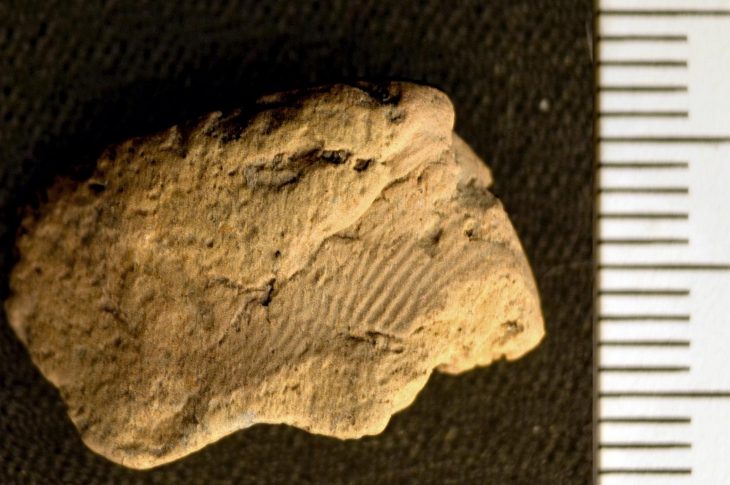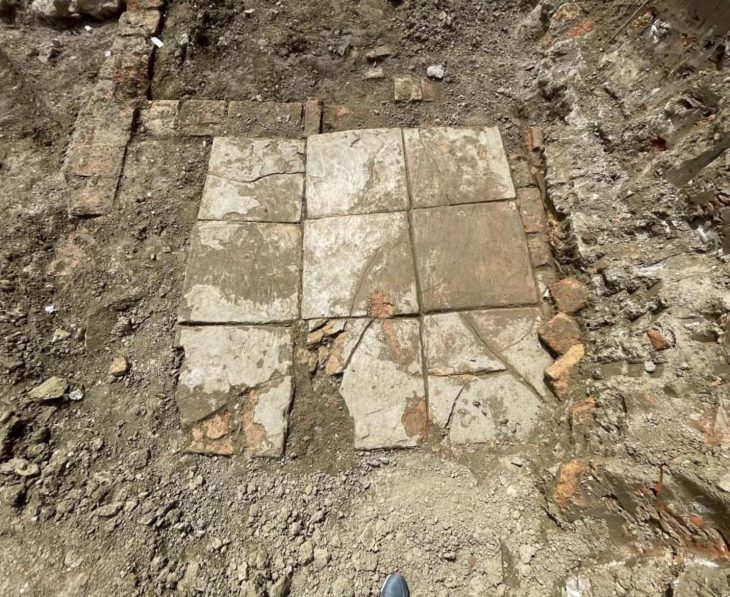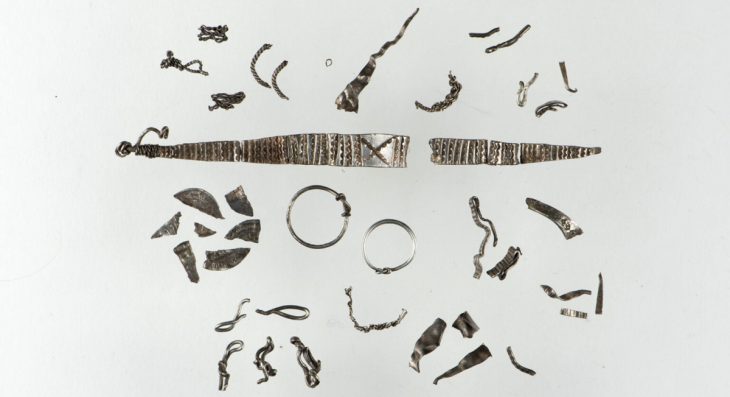Over the next 16 years, a research team from the Institute for Near Eastern Archaeology at the Free University of Berlin (Freie Universität Berlin) and the Ludwig-Maximilians-Universität München (LMU Munich) plans to create a digital archive with around 80,000 seals that have been handed down from former Mesopotamia and make it accessible to the general public.
The project, titled “KIŠIB: Digital Corpus of Ancient West Asian Seals and Sealings” has been integrated into the Academies’ Programme, a collective research programme run by eight German academies representing science and the humanities, by the Joint Science Conference (GWK).
KIŠIB is the Sumerian word for “seal” and in ancient Mesopotamia referred to stamps and cylinders made of stone used for sealing, as well as sealed vessel closures and cuneiform tablets made of clay. The people who lived in what is now Iraq and Syria from the 4th to the 1st millennium BC used particularly large quantities of seals. This resulted in the oldest extensive corpus of images that have been handed down from the region. Today, thousands of Mesopotamian seals and sealed objects can be found in museums and collections all over the world. Their significance for visual, social and cultural studies has so far only been revealed to a small circle of experts.
The inter-academic project led by Prof. Dr Elisa Roßberger, Institute of Near Eastern Archaeology at Freie Universität Berlin, and Prof. Dr Adelheid Otto, Institute of Near Eastern Archaeology at Ludwig-Maximilians-Universität München, aims to change this. An interdisciplinary team (archaeology, ancient Near Eastern studies, digital humanities, IT) will start work in 2025 at a research centre at the Berlin-Brandenburg Academy of Sciences and Humanities (BBAW) in Berlin and another at the Bavarian Academy of Sciences and Humanities (BAdW)/LMU Munich; the planned duration is 16 years.
The aim is to build a representative Digital Corpus of around 80,000 seals. The depictions and inscriptions engraved on the seals provide detailed insights into ancient networks of social, political, economic, religious, and artistic interaction, as well as into changing forms of visual communication, ideological messages, and cultural knowledge.
KIŠIB will make these networks accessible to researchers and the non-university public for the first time. Artifact, image, and text-related data will be collected, segmented,d and annotated using machine learning.
International and interdisciplinary knowledge exchange with curating institutions, other projects for the digital development of ancient West Asia, the NFDI4Objects, and especially with colleagues in West Asian countries play a central role in the project.
Cover Image Credit: Seal roll on a clay fuse in Ur (Iraq), 19th century BC. Photo: KIŠIB project, A. Otto/A. Dietz

